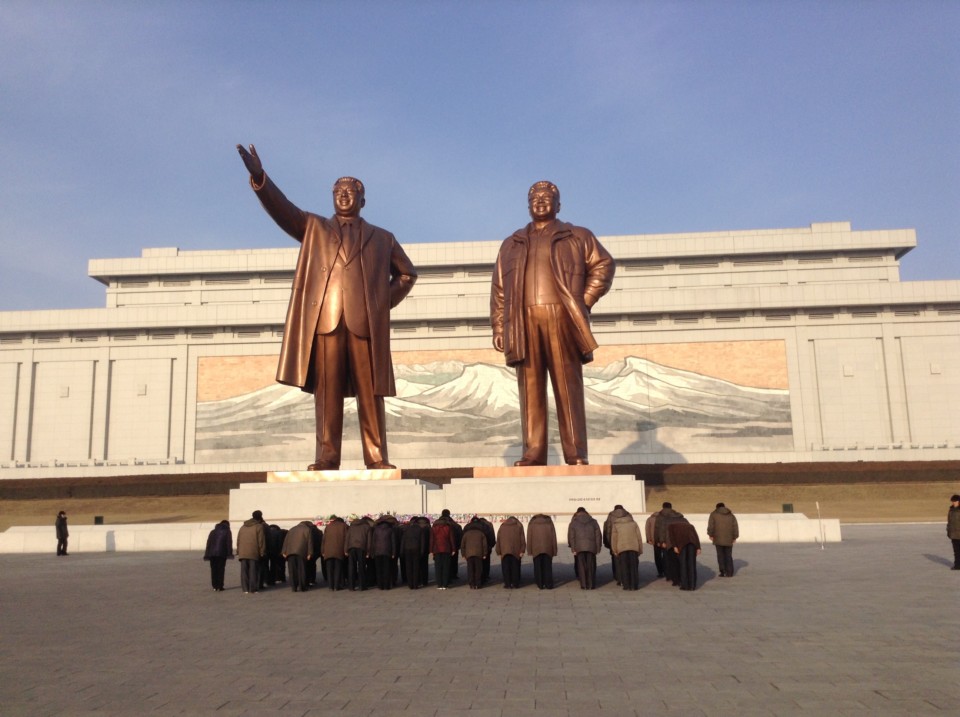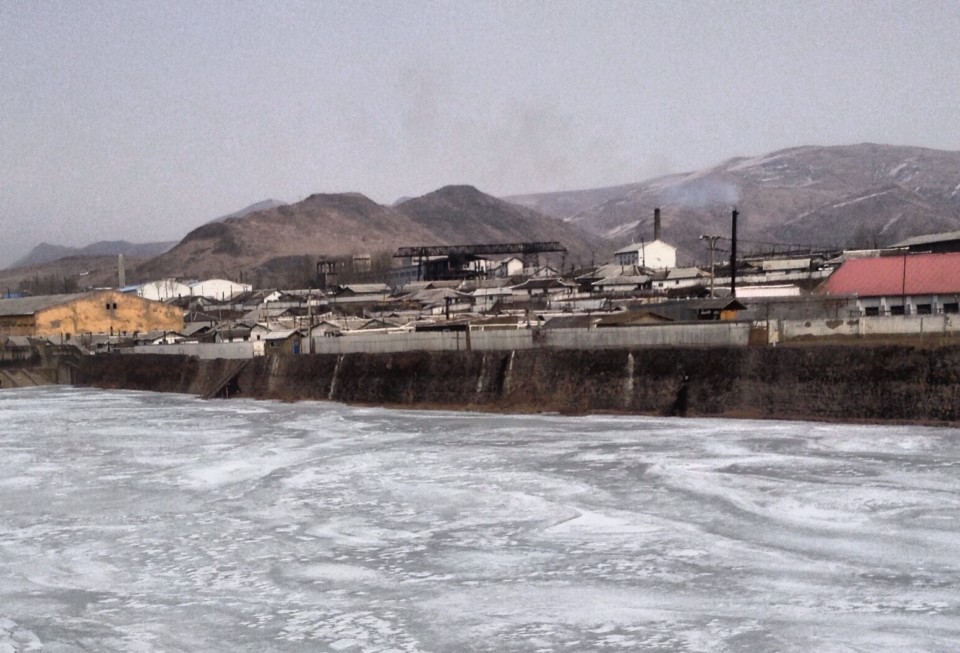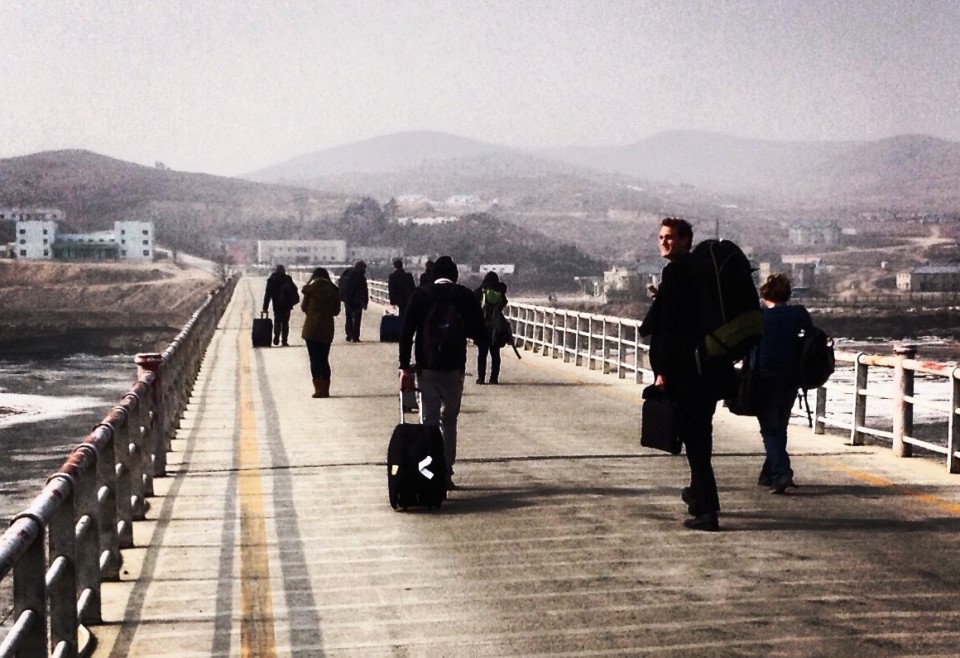
With so many truly magical places to visit around South East Asia, it may seem a perverse choice to visit the country widely regarded as the region’s most repressive regime. However, for those with a thirst for adventure and a wish to peer behind the headlines, The Democratic People’s Republic of Korea (DPRK, to give it its full name) is like nowhere else on earth. Getting there is remarkably easy, you simply book your holiday through a western-run tour agency and then everything is taken care for you. Avid traveller John McGovern describes a visit to the Hermit Kingdom.

Expats in Asia have it good in so many ways. We can enjoy some of the world’s best diving sites in the Philippines, get lost in the sensory overload of the streets of Vietnam, explore thousands of year of culture in China… and bow our heads before giant bronze statues of dead dictators.
This show of respect is an expected part of joining a tour in North Korea, which also involves surrendering your right to wander freely, having your cameras checked and generally being “well behaved”. These are some of the things that might put people off a trip to the DPRK.
But for my money, beyond these minor quibbles, I found visiting the country one of the most unique and fascinating travel experiences of my life.
Here is a report of my visit to the rarely visited northeast of the country with Young Pioneer Tours, a company that promises to provide “group tours for people who hate group tours” visiting places “your mother would rather you stayed away from”:

After a 24-hour sleeper train journey from Beijing, we arrived at the last stop, the border town of Tumen on the banks of the River Tumen. Here the traveller gets his first glimpse of the DPRK — on the Chinese side of the river it’s all towers and neon, on the opposite bank you see low apartment blocks and grim factories, and everything seems to fade to grey.
This area recently suffered catastrophic flooding, and from a hill overlooking Namyang city in North Korea we could see new apartment blocks being hastily built to house some of the people whose homes were washed away.
The next morning we walked across the bridge that separates the two countries. It took a short while to get through Chinese customs, as they dealt with their surprise at seeing westerners crossing into North Korea on foot.

On the other side of the river our Korean guide, Mr Kim (no relation), met us with a broad welcoming smile. Instinctively I offered him a cigarette. He took a step back: “Ahh, Mr John, sorry, our country is in the middle of a three-month campaign to stop people smoking,” he said.
“Oh I’m sorry,” I replied, putting away the packet.
Then he laughed. “Don’t worry,” he said, lowering his voice, “nobody will see us around the side of the building!”
The Korean guides are part of what makes travelling to the DPRK so much fun. Without speaking the language, and having few chances to speak to locals, engaging with the guides is not only a laugh but also the best way to gain an insight into the country.
For example, as we struggled up a steep hill to visit a monument to Kim Il Sung, and I noticed him falling behind, I shouted back: “Mr Kim, where’s your socialist spirit?” He gave me a wry smile and told me he’d left it on the bus.
We explored the cities of Hoeryong and Chongjin before ending up in the amazingly scenic Chilbo Mountains. Here we stayed with a local family, drinking Taedonggang beer and soju, playing volleyball with the locals and taking trips to the beach.

While there, some more travellers joined our group after flying up from Pyongyang (we’d travelled by bus over long bumpy roads). Most of them had stocked up on “literature” from the Foreign Language Bookshop, or local food and drink from the department store in Pyongyang. However, they had nothing to compare with the Penis of Fur Seal Liquor that we’d managed to find in a hotel shop. This distinctively dubious booze proved to be an experience, if not a good experience, for the group to bond over!

Our new group members were finding the northeast of North Korea pretty rough compared to Pyongyang. They’d thought the road to the DMZ, the heavily militarised border between North and South Korea, was bumpy, so the roads in the northeast were a shock. Mr Kim tried to lighten the mood, saying: “Going by bus along our roads here gives you a free butt massage!”
For the last two days we travelled up to the Rason Special Economic Zone (SEZ), visiting the local markets, the Golden Triangle Bank (where you can even open a North Korean bank account!), a school where we chatted with the English students, a textile factory and a port. Rason is a far cry from Shenzhen in the 1980s, but as a SEZ we had much more freedom to move around and see how society is changing in the far northeast of the country.



Crossing the border back into China was a completely different experience. We came out of the Quanhe customs near the tri-country border of North Korea, China and Russia, having made it through a huge warehouse-like customs office filled with hundreds of sack-carrying Chinese merchants.
Once back in China, sitting in a neon-lit barbecue bar, with wifi connecting you to a week of missed messages and the freedom to wander at will it feels like coming “home”. Luckily, to soften the decompression process, we were able to find some cold bottles of Taedonggang beer to ease our transition back into the “free world”.
For more information about visiting North Korea, click here

Comments are closed.